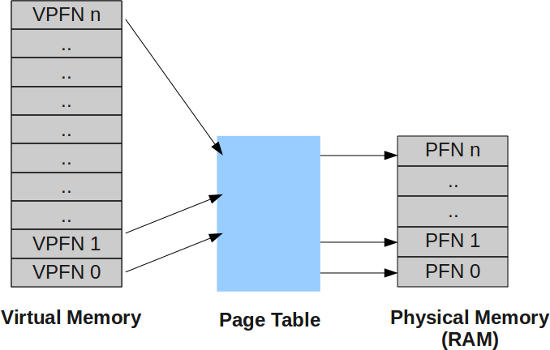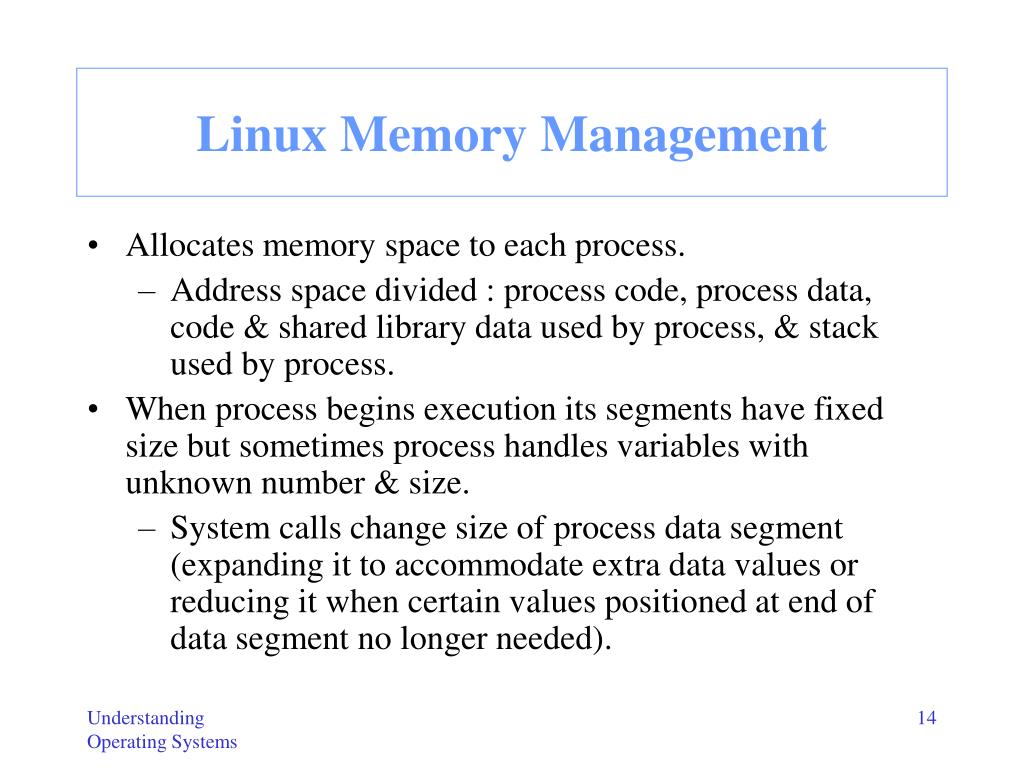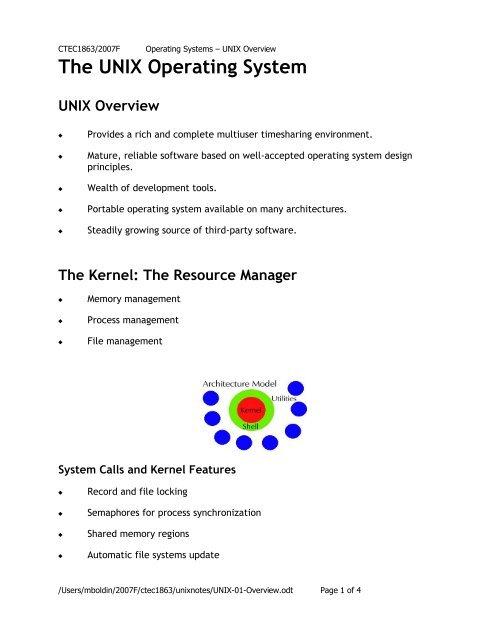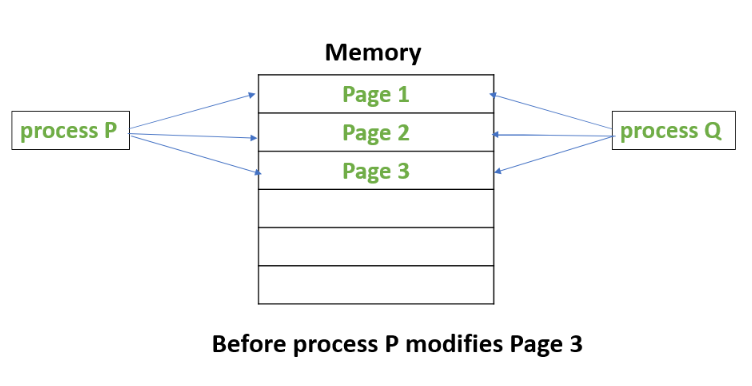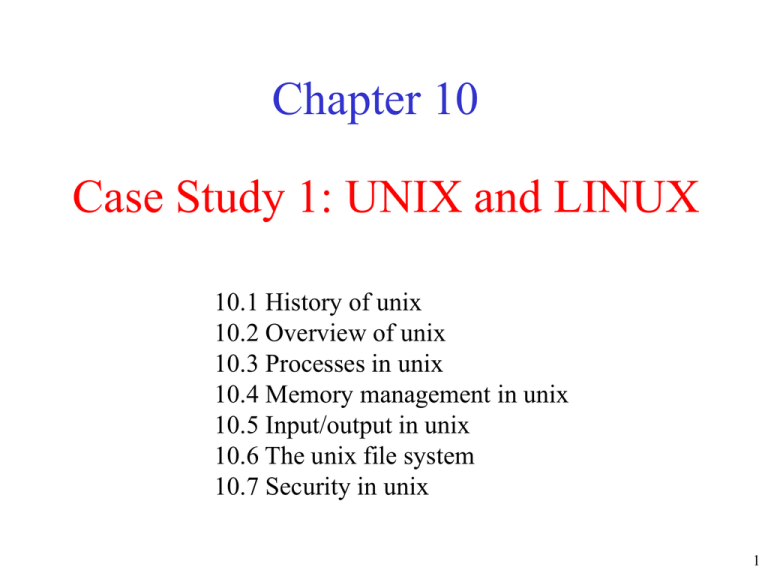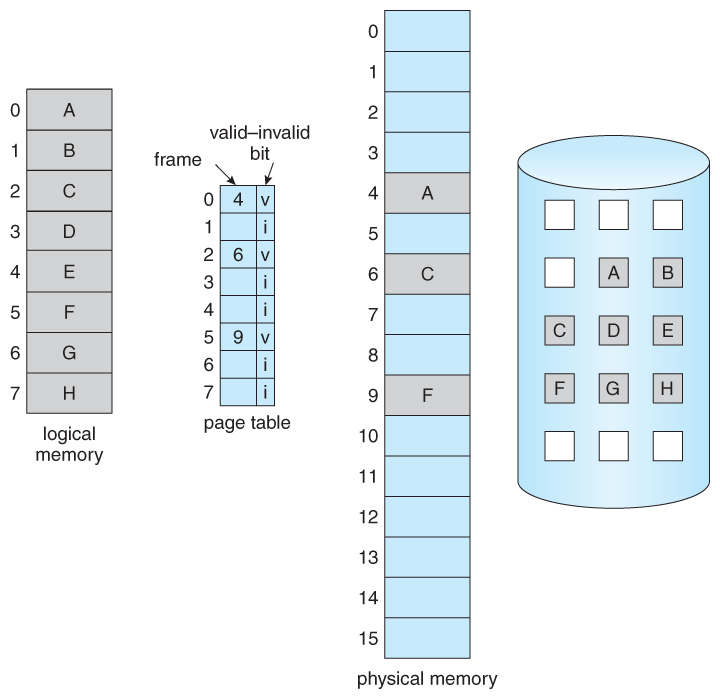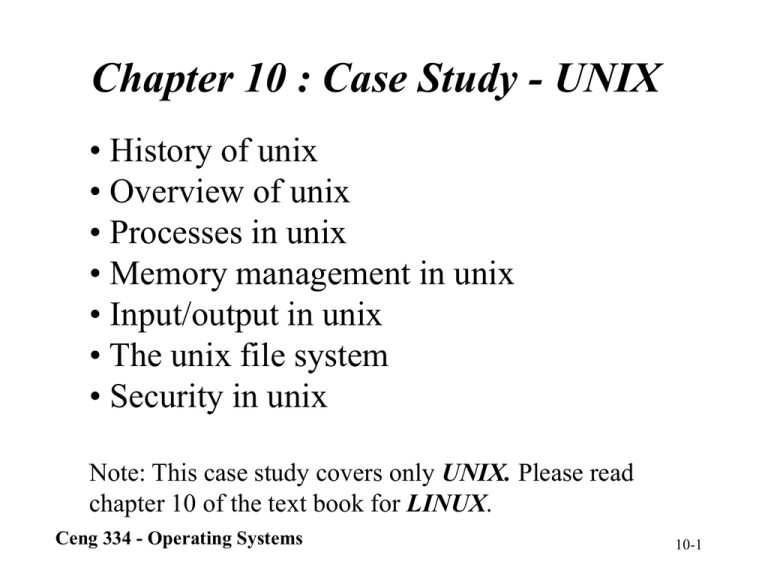Memory management is a crucial aspect of operating systems, and Unix is no exception. In this essay, we will explore how memory management works in Unix systems, including the roles of virtual memory, paging, and swapping.
Virtual memory is a key component of Unix memory management. It allows a computer to compensate for shortages of physical memory by temporarily transferring pages of data from random access memory (RAM) to a hard disk. This process is known as paging. Paging allows a computer to run larger applications or multiple applications concurrently, as it can access more memory than is physically available in the RAM.
Paging is implemented by the operating system, which maintains a page table for each process. The page table maps virtual memory addresses to physical memory addresses and tracks which pages are in RAM and which are on the hard disk. When a process accesses a page that is not in RAM, a page fault occurs and the operating system swaps the requested page from the hard disk into RAM. This process is known as swapping.
Swapping has the benefit of allowing a computer to run more processes simultaneously, but it comes at the cost of reduced performance. Accessing data from the hard disk is much slower than accessing it from RAM, so the more a computer relies on swapping, the slower it will run. To minimize the need for swapping, Unix systems use a dynamic memory allocation algorithm known as demand paging. Demand paging only brings pages into RAM when they are actually needed, rather than preloading all pages at the start of a process.
In addition to virtual memory and paging, Unix systems also use a technique called memory mapping to allow processes to access files stored on the hard disk as if they were in memory. This can be useful for large files that would not fit in the available RAM, as well as for shared libraries that are used by multiple processes.
Overall, memory management in Unix systems is a complex but essential task. By using virtual memory, paging, and memory mapping, Unix systems are able to efficiently use the available memory and run multiple processes concurrently. While there are trade-offs involved, these techniques allow Unix systems to make the most of the available hardware resources and provide a stable and efficient platform for running applications.
